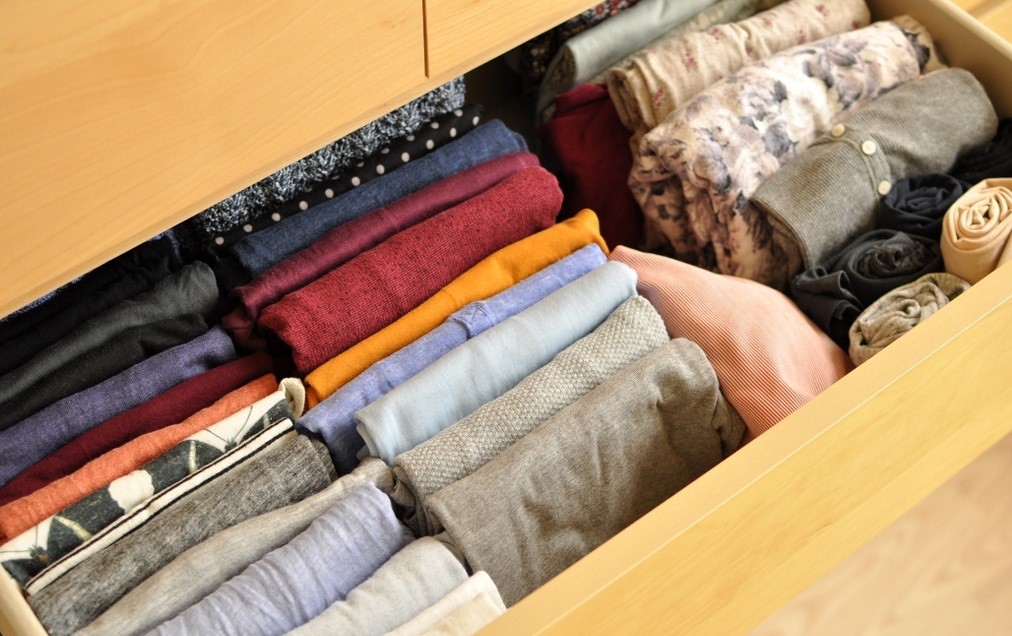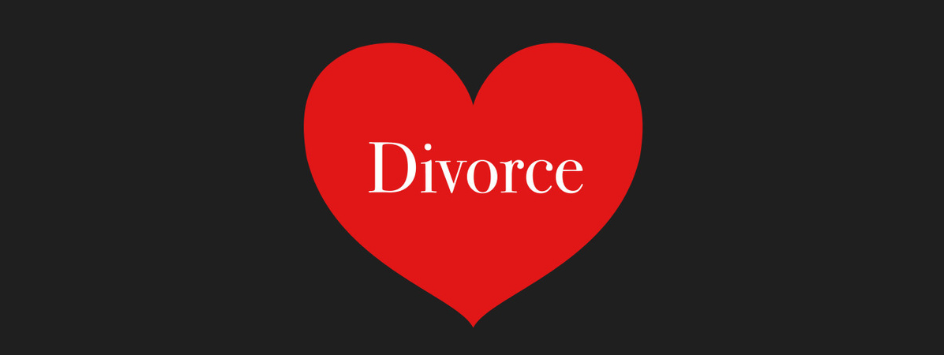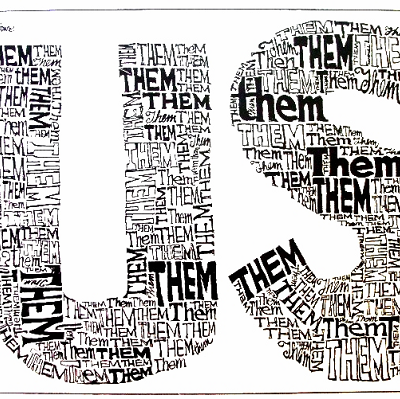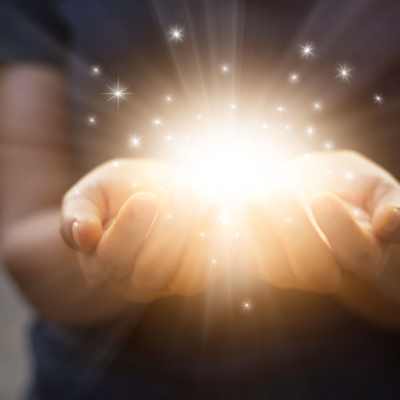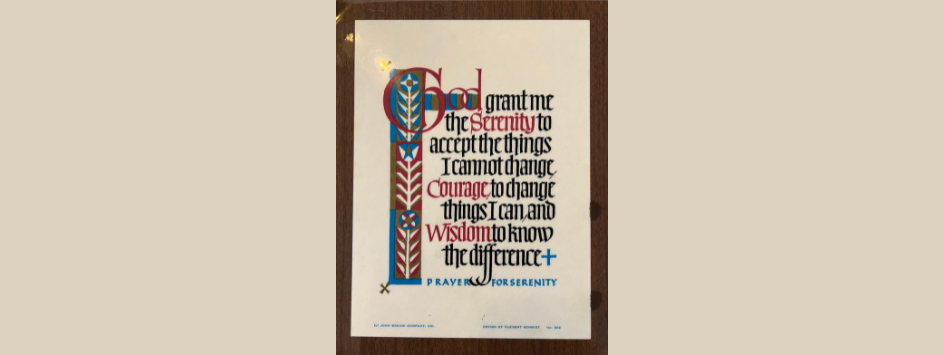I created Living ROI as a passion, to share my experiences and support others who want to live more authentic, joyful and fulfilling lives.
Dear Friends,
I have too much stuff! From clothes and books to electronics and tchotchkes, my plate overfloweth. In the era of instant gratification, with Amazon Prime and inexpensive manufacturing in China (and elsewhere), we can satisfy most whims within two days. I’m pretty sure this new reality is more of a curse than a blessing.
What is the price of having so much stuff? There is the cost of maintaining and storing everything, the worry of having things go missing and the stress of clutter and disorder.
Even bigger is the price to the environment and our society. The plastic packaging, cardboard boxes and discarded stuff must go somewhere. When we buy “cheap” goods, someone pays. It’s known as externalized costs. Basically, it’s when producers of products maximize their profits through cheap labor, sub-par working conditions, depletion of natural resources and pollution.
My daughter, Marina, shared a video with me several years ago when she was a 9th grader in high school. It’s The Story of Stuff, and it’s powerful.
There have been many moments in my life when I’ve been inspired to be more conscious of what I’m consuming and how I’m disposing of it, from buying an energy-efficient car to recycling. At the time, I feel gung ho. Over time my enthusiasm dims, and I find myself less concerned because the impact of my actions is not immediately evident… and then I am reminded again.
My recent reminder came in the form of a small but mighty Japanese woman, Marie Kondo, who has revolutionized decluttering. Her best-selling book, The Life-Changing Magic of Tidying Up: The Japanese Art of Decluttering and Organizing, has changed the way many view their possessions. And now Marie has a Netflix show called, Tidying Up, and it’s a hit.
The goal is to keep only those things that “spark joy.” She recommends decluttering by category, starting with clothes. First you put ALL your clothes in one place—on your bed for instance. Yes, it’s a huge pile. Below is my clothing pile, not counting my hanging clothes. The other image is an example of the “KonMari” style of how to store folded clothes in a drawer, so you can see everything you have in a glance.
Once your clothes are centralized, you pick up each item, one at a time, and ask yourself, “Does this spark joy for me?” Another powerful question is, “Do I want to bring this with me into my future?” With this process, I reduced my total clothing by half, or maybe a bit more. It resulted in five large hefty trash bags that will be shared with people who can use them.
Colin, my husband, and I are systematically going through our entire home, category by category, and keeping only the possessions that we want to bring into our lighter future.
We can already feel the benefits. Along with the freed up physical space comes more mental space. There is a calmness and freedom that emerges with simplicity. Now, for the sake of our planet and our own continued sanity, the trick is to stem the flow of incoming stuff!
What stuff are you bringing with you into your future?
Wishing you a magical and organized year!
Barbara Fagan-Smith
CEO, ROI Communication
Chief Catalyst, Living ROI

